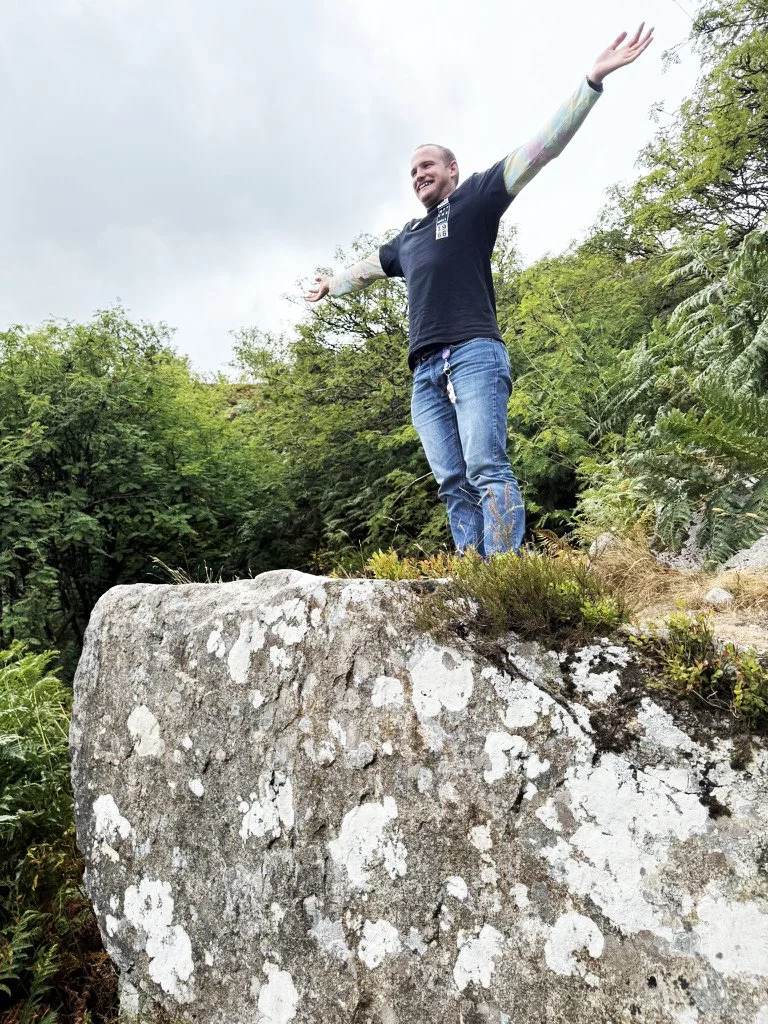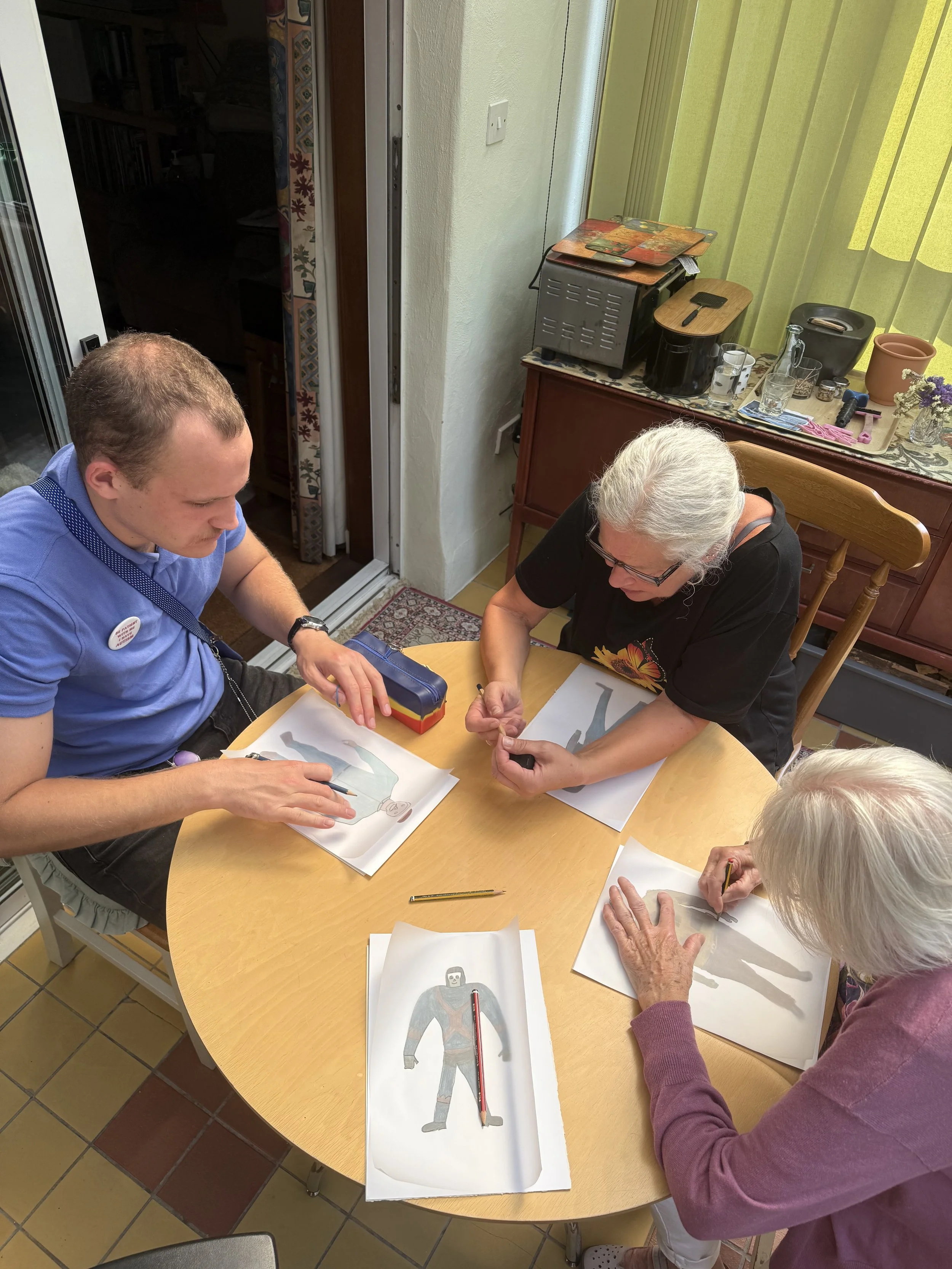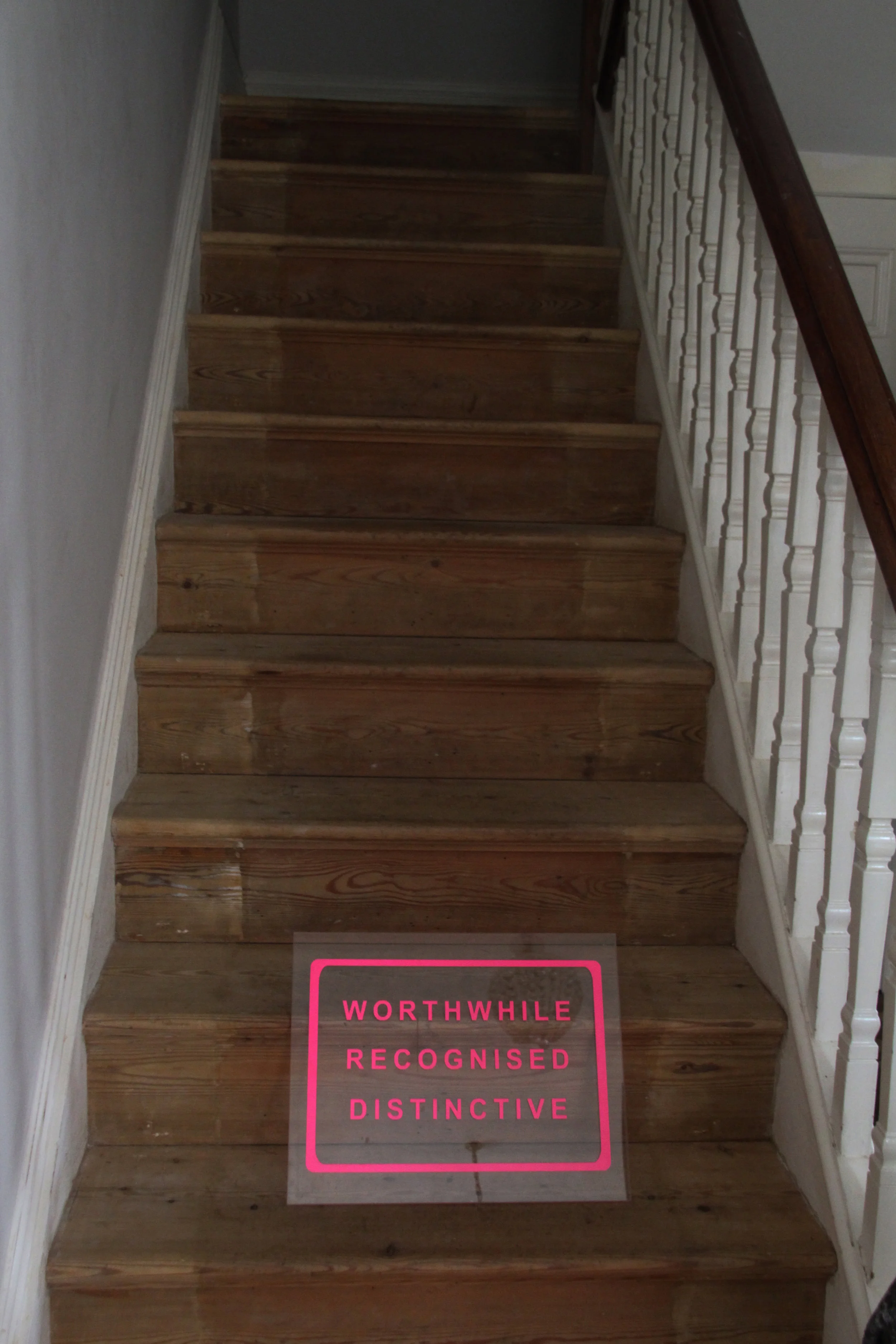















When I first met Tom, he was copying cartoon characters and reading in a monotone voice. Now, through creative mentorship, he creates original characters freehand and reads his stories with expressive prosody, experimenting with performance voices. Our sessions combine multimodal literacy, narrative therapy, and social practice — using visual prompts, embodied storytelling, and intergenerational participation to build his confidence and social communication. Alongside developing a coherent body of work, I am supporting Tom to apply for art competitions and residencies, preparing him for a future as an independent artist and creative leader.”

A redemptive sculpture that transforms a purely functional object. By strapping rockets to a zimmer frame, the familiar language of frailty and limitation is rewritten into one of adventure, speed, and playful defiance.
An invitation to the viewer to see mobility aids not as emblems of decline, but as portals to imagination—objects with the power to cultivate humanness, lift the spirit, and propel us into new ways of moving through the world when in need of such an aid.

Book of Quotes
Collected during a live-in residency with a woman living with dementia, these fragments—“I’m not so keen on a cup of tea unless it’s a really good cup of coffee,” “Oh, that was about twelve years ago, I think I was still alive then”—become more than idiosyncratic utterances. They operate as micro-interventions in everyday language, destabilising the codes of polite coherence and revealing the elasticity of meaning. Illustrated and curated as a book, the work functions as a bridge rather than a barrier, shifting dementia from a site of stigma to a space of poetic resistance. Here, imperfection is reframed as a contemporary expressionist act—an unintentional yet incisive critique of modern social conditioning and the homogenising tendencies of public speech.

This image emerged from our shared sense of isolation and disconnection during lockdown. The yellow bucket—at once playful and absurd—becomes a metaphor for how dementia can feel from the inside, and how those living with it may be seen from the outside: conspicuous, misunderstood, and marked out for behaving differently.

I was a ‘primary carer’ for someone who spent most of his days line-writing. Once he had filled up the A4 sheet he was working on would he would tare off the pad, screw it up and throw in the bin. Sometimes he would do this all day long and he had done this for years. I saw purpose, beauty and meditation in what he was doing and felt it was time for his work to be valued.
So, with his permission, I began to take these screwed up pieces of paper out of the bin and another resident volunteered to paint over them. I then asked the line-writer if I could cut them up and make sculptures with them, he was very happy to watch me and he began to join in. We made a series of paper sculptures with them, eventually involving other members of staff with this activity until we had enough pieces to frame and exhibit them on a wall in his room. He was so delighted.
This process brought people together and created such a lovely calm atmosphere, reducing anxiety whilst helping me to build a bond and a lovely relationship.
These were not just paper sculptures; they had a long history behind them with so much meaning and personal process. Anyone can do paper sculptures, but when they have been made from something in this way it makes them very special and personal.
I like to think these sculptures are an illustration of how lives can entwine, sometimes in fragile and unusual ways. And a way of showing how easy the overlooked and undervalued can be discarded, yet become a major part of someones life.
Paper Sculptures, as Nicolas Bourriaud might describe, embody a relational aesthetic, transforming an ephemeral, undervalued act into a profound social and creative experience. Initially, the line-writing—repetitive and meditative—was dismissed as insignificant, its physical traces discarded. However, through intervention and collaboration, these overlooked gestures became the foundation of a communal artistic process.
By retrieving the discarded papers and involving another resident in painting them, the act of creation expanded beyond the individual. The original writer, once an isolated figure in his routine, became an active participant in reimagining his work. The transformation culminated in paper sculptures exhibited in his personal space, reframing these objects as symbols of shared histories and mutual recognition.
These sculptures illustrate how art materializes relational dynamics, embodying the intertwining of lives and the transformation of discarded acts into cherished expressions. The process reduced anxiety, fostered calm, and built bonds, exemplifying art’s potential to recontextualize the undervalued. Bourriaud’s lens would highlight this as a micro-utopia: an ephemeral yet significant social structure where lives and creativity intersect, reshaping perceptions of value and the possibilities of art in care.

These images emerge from moments of contingency and shared authorship: a morning indecision over which hat to wear becomes an improvised fashion performance, each option tried, enjoyed, and eventually worn together; a habit of singing drifts into different spaces—kitchens, streets, hospital corridors—transforming them into temporary stages. In one instance, she is serenaded from a window; in another, she sings in A&E to soothe her nerves. Each act disarms the routines of care, replacing stress with play, and reframes the passage of time as a site for joy, improvisation, and mutual companionship. Here, dementia is not a retreat from the social field but a reconfiguration of it—an art of the everyday that blurs the line between care and creative practice.
